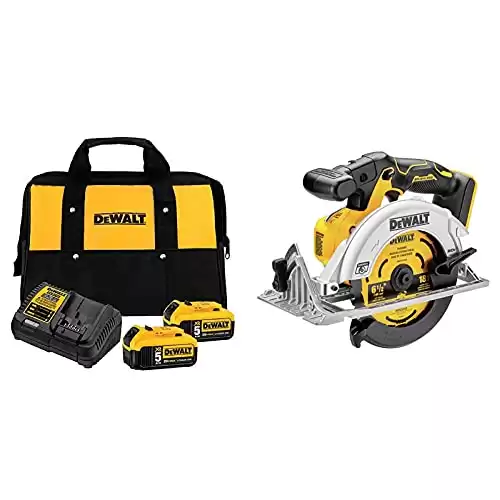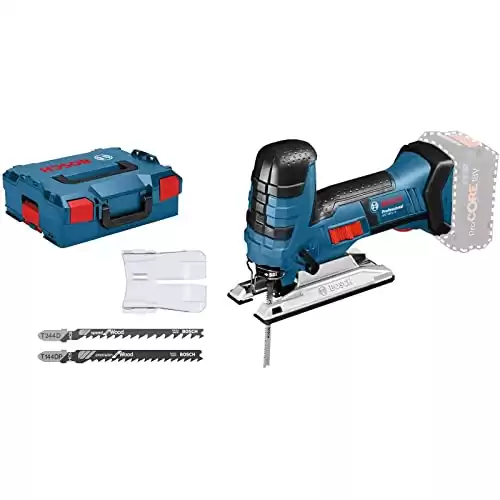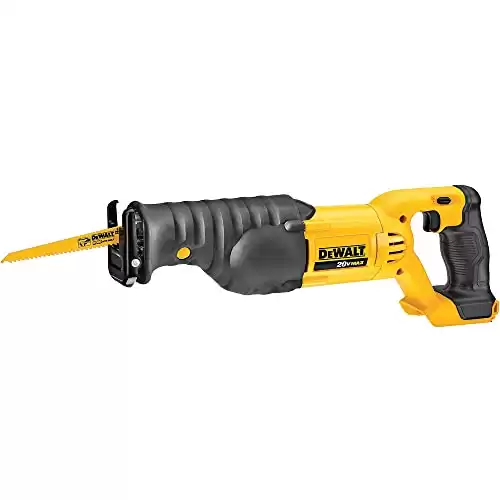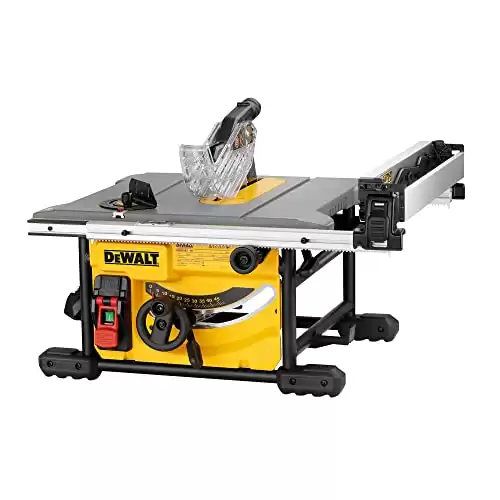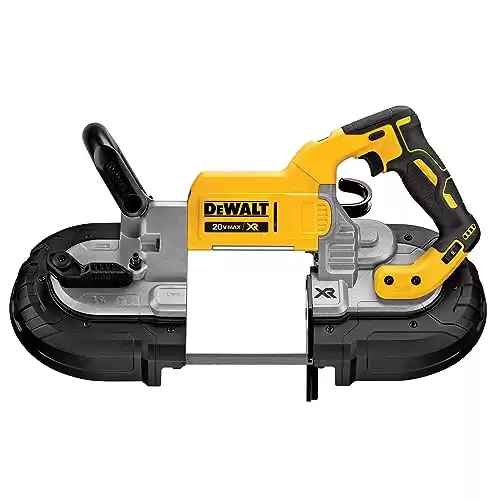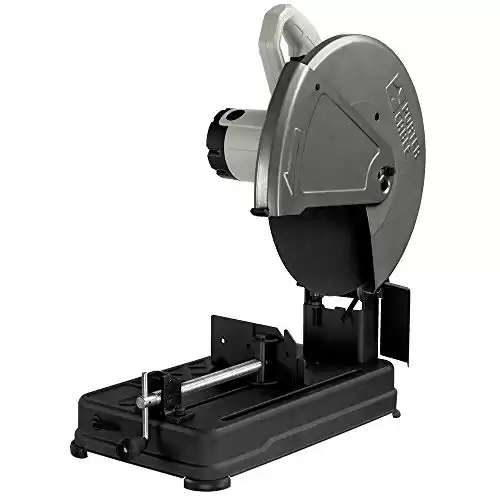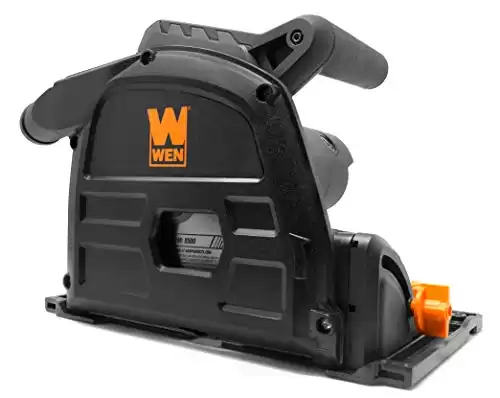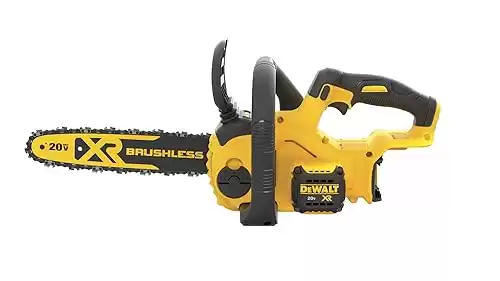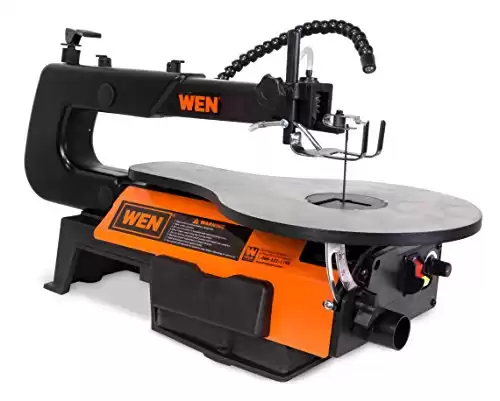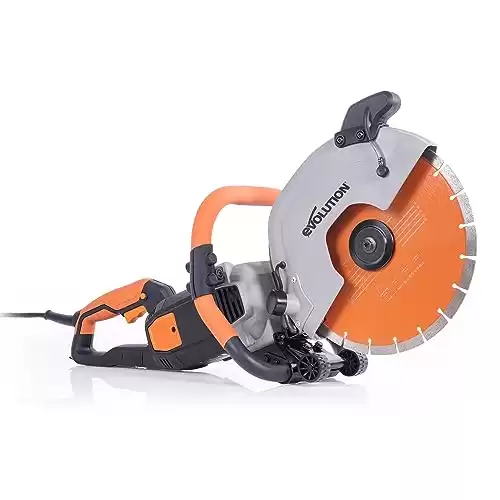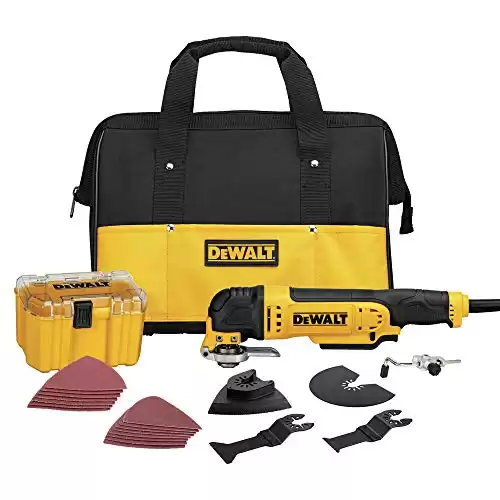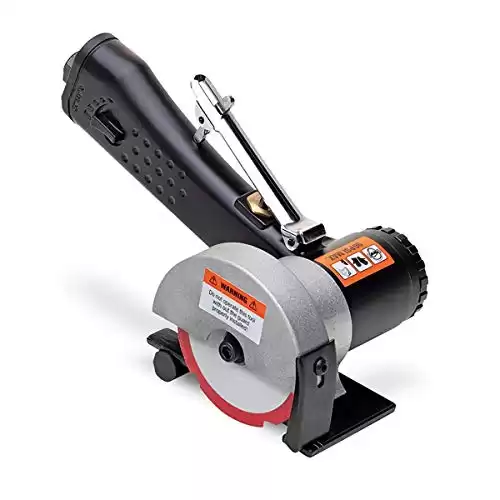Saws are indispensable tools that play a vital role in construction. They cut materials from wood to metal to stone with precision and efficiency. They also come in a wide range of types, each tailored to specific tasks. Here, we’ll explain the most common types of saws and some of the more specialized ones available.
Table of Contents
ToggleTypes of Saws: Regular Saws
To start off our saw guide, we are going to dive into the different types of regular saws. These saws are more commonly used and will be easier to find (and usually easier to saw with).
Circular Saw
The circular saw stands as one of the most versatile and widely used construction saws. With its rotating circular blade equipped with sharp teeth, it can easily cut through wood, metal, and plastic. Available in corded and cordless models, circular saws offer flexibility and portability for different job sites, making them ideal for straight cuts in lumber, plywood, and sheet materials.
Jigsaw
The jigsaw is the go-to handheld saw for intricate shapes and curves in wood, plastic, and thin metal sheets. Its reciprocating blade moves rapidly up and down, ensuring precision and creativity in woodworking projects that demand intricate detailing.
Reciprocating Saw
The reciprocating saw, also known as a Sawzall, is a robust tool designed for heavy-duty tasks and demolition work. Its powerful, reciprocating blade easily cuts through thick lumber, pipes, and metal sections, making it a favorite type of saw among contractors and construction professionals.
Miter Saw
For accurate crosscuts and miter cuts in wood and other materials, the miter saw excels. Featuring a pivoting circular blade, it allows users to set precise angles, making it ideal for framing, molding, and trim work. Miter saws come in various configurations, including compound and sliding compound, enabling bevel cuts in addition to standard miter cuts.
Table Saw
A stationary powerhouse, the table saw boasts a circular blade mounted on an arbor. This type of saw excels at making long, straight cuts in large sheets of wood and is a staple in woodworking shops. With adjustable blade height and angles, table saws provide versatility for different cutting tasks.
Band Saw
The band saw shines for irregular and curved cuts in wood, metal, and plastic. Its continuous band of toothed metal moves around two wheels to cut materials, making it suitable for resawing lumber, creating intricate designs, and cutting metal pipes and rods.
Chop Saw
Equipped with an abrasive cutting wheel, the chop saw is designed for cutting tough materials like metal and masonry. It is ideal for construction and metalworking applications and makes quick steel, concrete, and masonry block work.
Different Types of Saws: Specialized Saws
In addition to the conventional saws mentioned, there are many specialized variants for specific tasks:
Track Saw
A handheld type of saw with a guide rail or track allows for precise straight cuts over long distances.
Commonly used on sheet goods materials like plywood, MDF, and melamine, track saw offers excellent portability and accuracy for professionals and DIY enthusiasts.
Chainsaw
Chainsaws are powerful handheld cutting tools equipped with a chain-driven, toothed blade, primarily used for felling trees, cutting logs, and performing other tasks in forestry and land clearing. They are widely used in outdoor settings, providing the muscle needed for heavy-duty cutting in various materials.
DEWALT is a trusted name in the power tool industry, and their 20V MAX XR Electric Chainsaw lives up to their reputation. Powered by a 20V lithium-ion battery, it offers a great balance of power and portability. The 12-inch bar and tool-free chain tensioning system make it suitable for a variety of cutting tasks.
Scroll Saw
A stationary type of saw featuring a fine, narrow blade primarily used for intricate woodworking projects. A scroll saw allows users to create precise curves and delicate cuts in materials like wood, plastic, and thin metal sheets. A favorite tool for artisans and hobbyists who require fine craftsmanship.
Concrete Saw
Specifically designed to cut through thick and reinforced concrete, a concert saw uses a diamond chain or blade for tough cutting requirements. Often used in masonry and civil engineering projects.
Oscillating Multi-Tool
An oscillating multi-tool is a versatile handheld type of saw that can be fitted with various cutting attachments but is conventionally used with saw blades. Its rapid oscillating motion allows it to make precise cuts in tight spaces for a wide range of materials – such as wood, metal, plastic, and drywall.
Cold Saw
Designed to minimize heat buildup during cutting, the cold saw is perfect for making accurate and clean cuts in metal tubes, rods, and profiles. This type of saw is ideal for metal fabrication and machining applications.
Panel Saw
These types of saw typically feature a large, vertical cutting blade mounted on a sliding carriage, with an extended table. A panel saw is deal for cutting large panels, such as plywood and MDF, with accuracy and efficiency in cabinetmaking, woodworking, and commercial furniture production.
Radial Arm Saw
Featuring a pivoting arm that extends over the workpiece, the radial arm saw allows for crosscutting and ripping wood, though it is less common today. This type of saw is commonly used by woodworkers, carpenters, and DIY enthusiasts who require versatile cutting.
Type of Saws: Ready to Saw?
Saws come in a wide range, each catering to specific cutting needs. Each tool plays a unique role in crucial construction projects, from the versatile circular and jigsaw saws to the powerful reciprocating and miter saws.
Understanding the different types of saws can help professionals and DIY enthusiasts choose the right tool for the job, achieving precise and efficient results. And, of course, always adhere to the manufacturer’s guidelines and safety precautions when using any construction saw to minimize the risk of accidents and injuries. Happy cutting!


